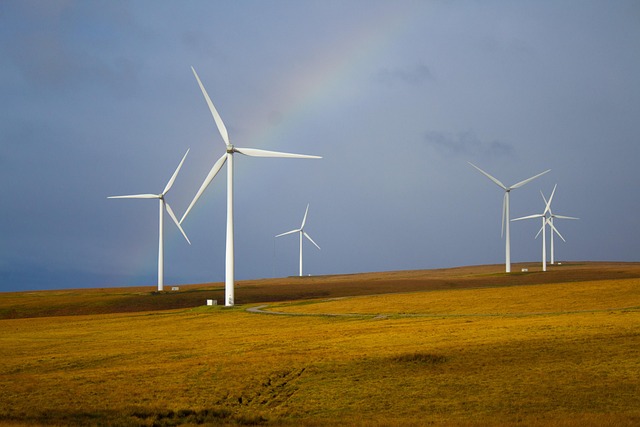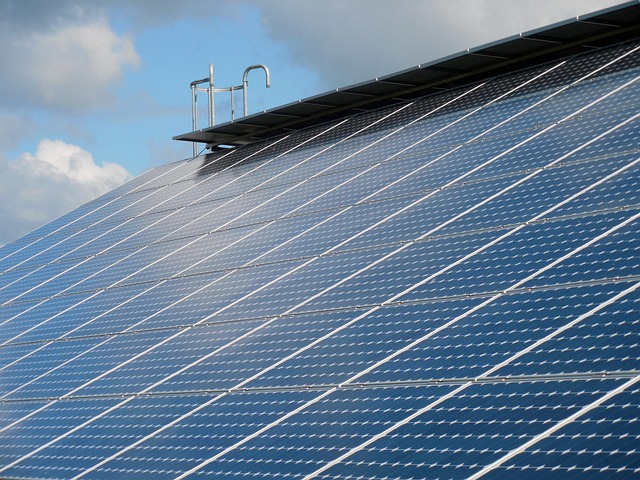Sustainable Living: Integrating Green Energy into Daily Life
The concept of sustainable living has gained significant traction in recent years, becoming a crucial part of discussions surrounding climate change, environmental conservation, and personal health and well-being. At its core, sustainable living means making choices that minimize your environmental impact while meeting your needs. One of the most effective ways to achieve sustainability is through the integration of green energy into daily life. This article explores various aspects of sustainable living and practical steps that individuals can take to incorporate green energy into their everyday routines.
The Importance of Sustainable Living
The need for sustainable living has never been more pressing. With the effects of global warming becoming increasingly apparent — from rising sea levels to more frequent extreme weather events — the importance of reducing our carbon footprint is crucial. Sustainable living not only contributes to environmental preservation but also promotes a healthier lifestyle. By embracing sustainable practices, individuals can decrease their reliance on fossil fuels, reduce waste, and support the growth of green energy solutions.
Understanding Green Energy
Green energy refers to energy sources that are renewable and have minimal environmental impact. Unlike fossil fuels, which deplete natural resources and contribute to air pollution and greenhouse gas emissions, green energy comes from sources that are naturally replenished. Common examples include solar, wind, geothermal, hydroelectric, and biomass energy. Each green energy source offers unique benefits and challenges, and their successful integration into daily life can lead to a broader adoption of sustainable practices.
Integrating Green Energy into Your Home
One of the most effective ways to incorporate green energy into your daily life is through your home. Transitioning to a more sustainable home can involve a variety of strategies and technologies designed to harness renewable energy effectively. The following sections explore several ways to make your home more eco-friendly using green energy.
Solar Energy
Solar panels have become increasingly popular for residential energy generation. By installing solar panels on your roof, you can convert sunlight into electricity, which can power your home. This not only reduces your reliance on fossil fuels but can also lead to significant cost savings in energy bills over time. Additionally, many governments offer incentives or rebates for those who invest in solar technology, making it a financially viable option for many homeowners.
Incorporating solar energy can extend beyond electricity. Solar water heaters are another excellent way to harness the sun’s energy. By using solar collectors, you can heat water for household use, further reducing your dependence on conventional energy sources.
Wind Energy
If you live in an area with consistent wind patterns, installing a small wind turbine can be an effective way to generate electricity. Similar to solar energy, wind energy harnesses natural resources to produce sustainable power. Homeowners can use wind turbines as a primary energy source or supplemental energy depending on their location and its wind capacity.
Energy Efficiency
Integrating green energy into your home also involves enhancing energy efficiency. This can include upgrading to energy-efficient appliances, installing LED lighting, and improving insulation to reduce heating and cooling costs. These changes not only lower energy consumption but also maximize the benefits of the renewable energy systems you may have installed.
Green Energy in Daily Activities
Beyond the home, there are numerous ways to incorporate green energy into your daily activities, further promoting a sustainable lifestyle. By being conscious of how energy is used throughout your day, you can make choices that support environmental efforts.
Transportation
Transportation is a significant contributor to carbon emissions. Thus, transitioning to greener modes of transport can greatly influence your overall sustainability efforts. Electric vehicles (EVs) are among the best options for reducing your carbon footprint, as they produce zero tailpipe emissions when charged with green energy. If an EV isn’t feasible, consider carpooling, using public transportation, biking, or walking whenever possible. Each of these alternatives helps reduce your environmental impact while providing health benefits.
Conscious Consumerism
Your purchasing decisions also play a crucial role in sustainable living. Choosing products made from renewable resources or those that utilize sustainable manufacturing processes can significantly contribute to environmental preservation. Look for labels and certifications that indicate a product is organic, sustainable, or fair trade, allowing you to support companies that align with your values.
Waste Reduction
Managing waste effectively can reduce environmental harm. Composting organic waste, recycling materials, and minimizing single-use plastics are victimless forms of green energy practices. By reducing the amount of waste sent to landfills, you contribute to a circular economy that maximizes resource use and minimizes environmental damage.
Community Involvement and Advocacy
Living sustainably extends beyond individual choices to community involvement and advocacy. Engaging with local initiatives focused on renewable energy adoption can amplify your impact and foster a culture of sustainability within your community. Consider joining local environmental groups or attending community solar installations or workshops about energy efficiency. Not only can these activities offer valuable information, but they also provide networking opportunities with like-minded individuals passionate about sustainable living.
Challenges and Solutions
While integrating green energy into daily life is beneficial, individuals may face various challenges. The initial investment for solar panels or wind turbines can be daunting, but financing options and incentives can help mitigate costs. Additionally, individuals may struggle with limited access to renewable energy sources depending on geographical location. In such cases, advocating for community-supported renewable energy projects can be effective, allowing more people to benefit from clean energy solutions.
The Future of Sustainable Living
The transition toward a more sustainable future requires collective actions and individual initiatives. By integrating green energy into daily life, we can collectively make a substantial difference. As technology advances, the accessibility and efficiency of renewable energy sources are expected to improve, creating more avenues for individuals to embrace sustainable living.
In summary, adopting green energy solutions in daily life is fundamental to achieving a sustainable lifestyle. By making conscious choices that promote energy efficiency, renewable energy use, and waste reduction, we can significantly reduce our environmental impact while supporting a healthier planet for future generations. Ultimately, integrating green energy is not merely a trend; it is a vital step toward creating a sustainable and equitable world.



